Aphros

Finite volume solver for incompressible multiphase flows with surface tension.
Key features:
- implementation in C++14
- scalability to thousands of compute nodes
- fluid solver based on SIMPLE or Bell-Colella-Glaz methods
- advection with PLIC volume-of-fluid
- particle method for curvature estimation accurate at low resolutions [demo] [4]
- Multi-VOF for scalable coalescence prevention [demo] [8] [11]
Gallery of interactive simulations
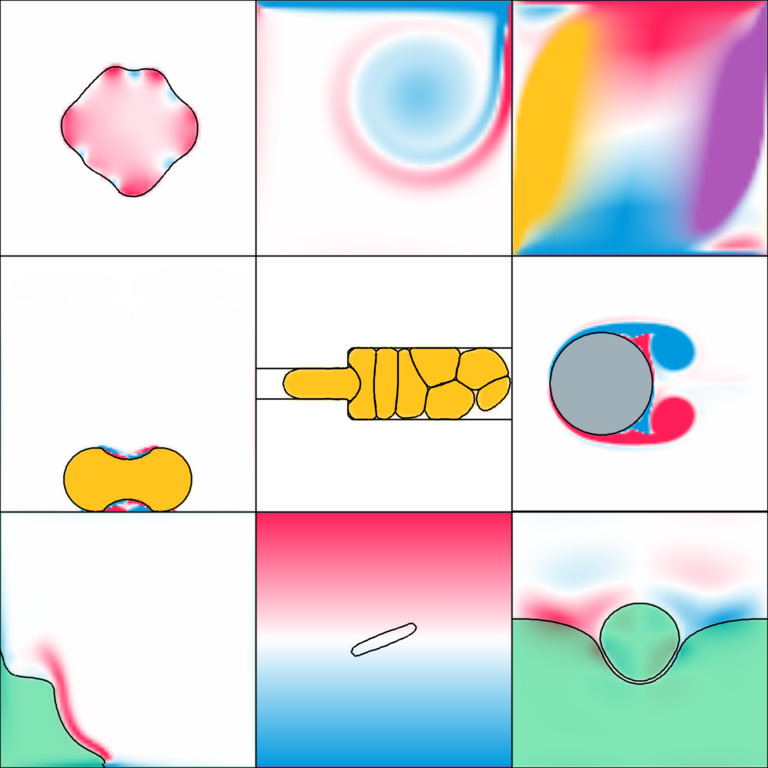 |
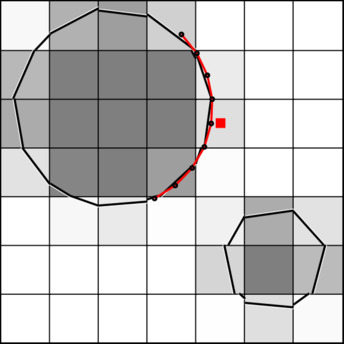 |
 |
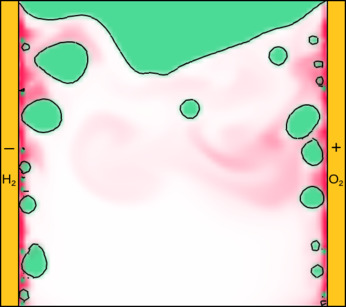 |
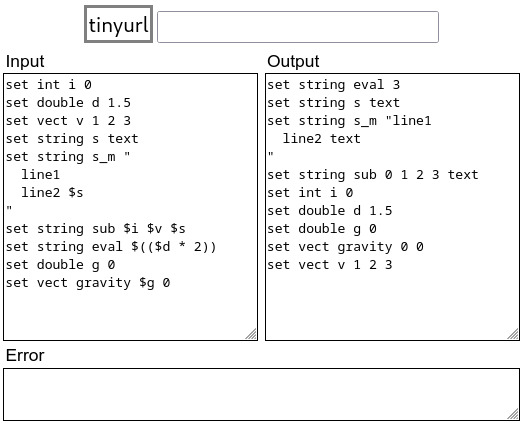 |
|---|---|---|---|---|
| Gallery wiki | Curvature | Multi-VOF | Electrochemistry | Parser |
Documentation
Online documentation and PDF generated by doc/sphinx.
Default parameters are listed in deploy/scripts/sim_base.conf.
Requirements
C++14, CMake
Optional dependencies: MPI, parallel HDF5, python3, python3-numpy
Bundled optional dependencies: hypre, overlap, fpzip
Clone and build
git clone https://github.com/cselab/aphros.gitFirst, follow deploy/README.md to prepare environment and install dependencies. Then build with
cd src
makeCode Ocean
The Code Ocean platform hosts the following compute capsule
which builds Aphros in a Linux environment, runs a set of examples, and visualizes the results.
Docker
Instead of building the code in your system, you can build a Docker container and run a simulation example
docker build github.com/cselab/aphros --tag aphros
cd examples/202_coalescence/standalone
./conf
docker run -v `pwd`:`pwd` -w `pwd` aphrosMinimal build without CMake
Build without dependencies and tests on Unix-like systems
(APHROS_PREFIX is the installation directory, with USE_MPI=1,
USE_HDF=1, USE_OPENCL=1, USE_AVX=1 builds with MPI, parallel
HDF5 library, OpenCL, and AVX extensions):
cd src
../make/bootstrap
make -f Makefile_legacy install APHROS_PREFIX=$HOME/.local USE_MPI=0 USE_HDF=0 USE_OPENCL=0 USE_AVX=0on Windows using Microsoft C++ toolset (NMAKE, LINK, and CL):
cd src
../make/bootstrap # Requires sh and awk.
nmake /f NMakefileVideos
Examples of simulations visualized using
ParaView and OSPRay.
Links [conf] lead to the solver configuration.
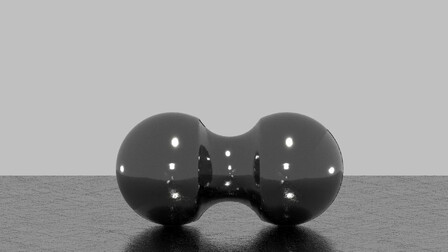 |
 |
| Coalescence of bubbles [conf] [4] | Taylor-Green vortex with bubbles [2] [5] |
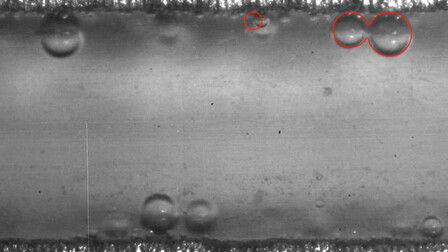 |
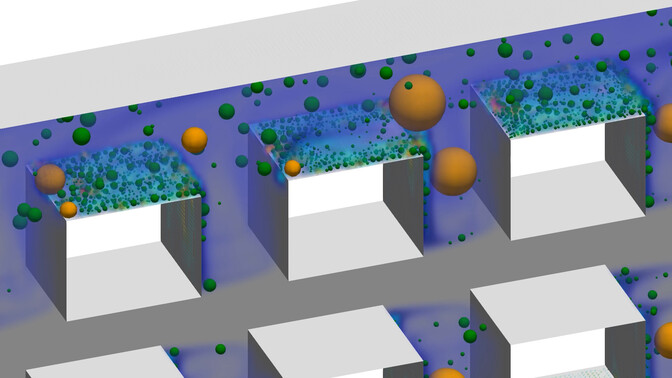 |
| Bubble jump-off [1] | Electrochemical reactor [conf] [9] |
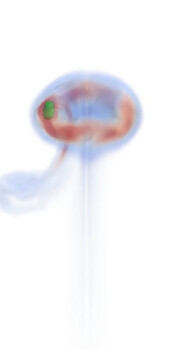 |
 |
| Bubble trapped by vortex ring [5] | Plunging jet [2] |
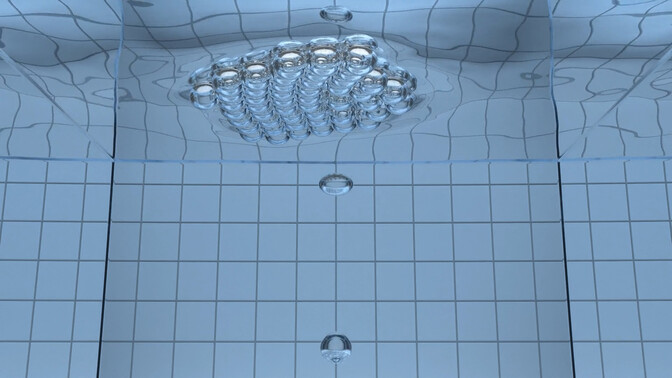 |
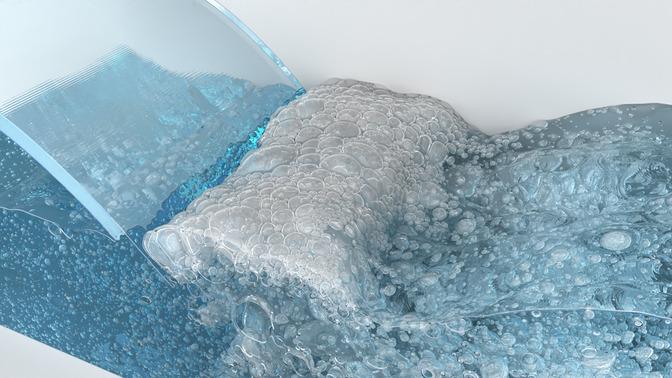 |
| Clustering of bubbles [conf] [6] [7] [11] | Foaming waterfall [conf] [8] [11] |
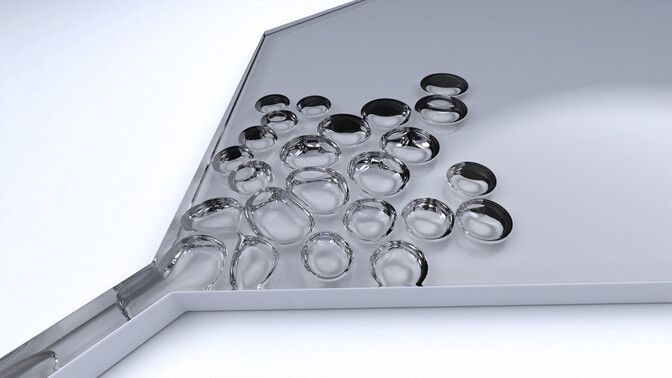 |
|
| Bidisperse foam [conf] [11] | Microfluidic crystals [conf] [11] |
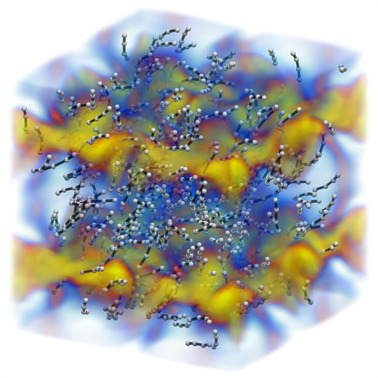 |
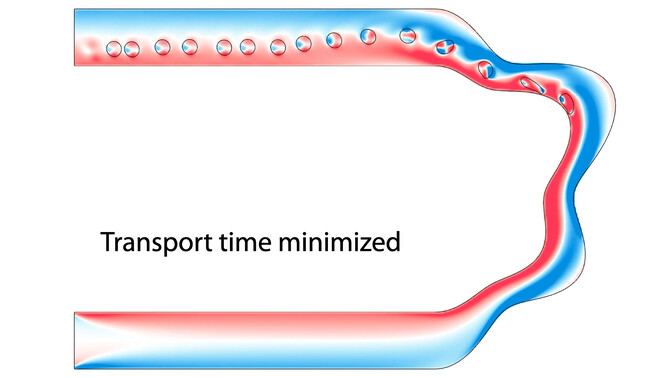 |
| LAMMPS polymers in Taylor-Green vortex [conf] | Bubble pipe optimization [10] |
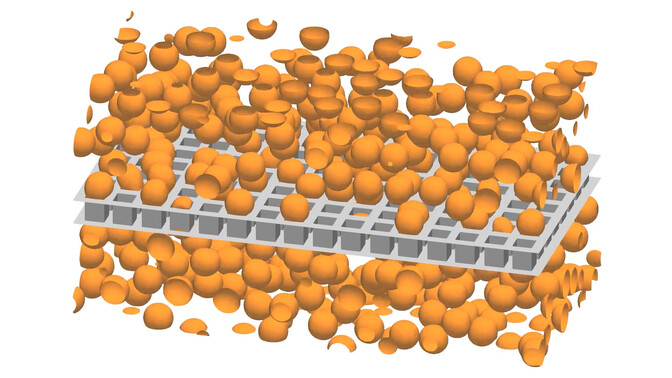 |
|
| Bubbles through mesh |
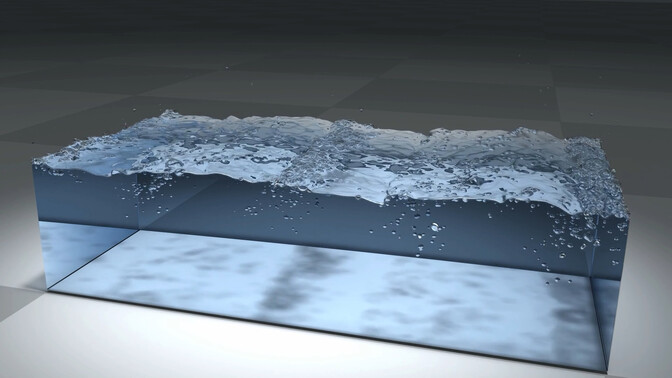 |
| APS Gallery of Fluid Motion 2019 award winner Breaking waves: to foam or not to foam? [6] Collaboration with Jean M. Favre at CSCS. |
Developers
Aphros is developed by researchers at ETH Zurich and Harvard University
advised by
Other contributors are: Fabian Wermelinger (Cubism backend)
Publications
- Hashemi SMH, Karnakov P, Hadikhani P, Chinello E, Litvinov S, Moser C, Koumoutsakos P, Psaltis D. A versatile and membrane-less electrochemical reactor for the electrolysis of water and brine. Energy & environmental science. 2019 10.1039/C9EE00219G
- Karnakov P, Wermelinger F, Chatzimanolakis M, Litvinov S, Koumoutsakos P. A high performance computing framework for multiphase, turbulent flows on structured grids. Proceedings of the platform for advanced scientific computing conference on – PASC ’19. 2019 10.1145/3324989.3325727 [pdf]
- Karnakov P, Litvinov S, Koumoutsakos P. Coalescence and transport of bubbles and drops. 10th International Conference on Multiphase Flow (ICMF). 2019 [pdf]
- Karnakov P, Litvinov S, and Koumoutsakos P. A hybrid particle volume-of-fluid method for curvature estimation in multiphase flows. International journal of multiphase flow. 2020 10.1016/j.ijmultiphaseflow.2020.103209 arXiv:1906.00314
- Wan Z, Karnakov P, Koumoutsakos P, Sapsis T. Bubbles in Turbulent Flows: Data-driven, kinematic models with history terms. International journal of multiphase flow. 2020 10.1016/j.ijmultiphaseflow.2020.103286 arXiv:1910.02068
- Karnakov P, Litvinov S, Favre JM, Koumoutsakos P. V0018: Breaking waves: to foam or not to foam? Gallery of Fluid Motion Award video article
- Annual report 2019 of the Swiss National Supercomputing Centre (cover page) [link]
- Karnakov P, Wermelinger F, Litvinov S, Koumoutsakos P. Aphros: High Performance Software for Multiphase Flows with Large Scale Bubble and Drop Clusters. Proceedings of the platform for advanced scientific computing conference on – PASC ’20. 2020 10.1145/3394277.3401856 [pdf]
- Karnakov P. The multilayer volume-of-fluid method for multiphase flows across scales: breaking waves, microfluidics, and membrane-less electrolyzers. PhD thesis. ETH Zurich. 2021 10.3929/ethz-b-000547518
- Martin SM, Wälchli D, Arampatzis G, Economides AE, Karnakov P, Koumoutsakos P. Korali: Efficient and scalable software framework for Bayesian uncertainty quantification and stochastic optimization. Computer Methods in Applied Mechanics and Engineering. 2021 10.1016/j.cma.2021.114264
- Karnakov P, Litvinov S, Koumoutsakos P. Computing foaming flows across scales: from breaking waves to microfluidics. Science Advances. 2022 10.1126/sciadv.abm0590
Citing
If you use Aphros in your work, please consider using the following
@article{aphros2022,
author = {Petr Karnakov and Sergey Litvinov and Petros Koumoutsakos},
title = {Computing foaming flows across scales: From breaking waves to microfluidics},
journal = {Science Advances},
volume = {8},
number = {5},
pages = {eabm0590},
year = {2022},
doi = {10.1126/sciadv.abm0590},
URL = {https://www.science.org/doi/abs/10.1126/sciadv.abm0590},
eprint = {https://www.science.org/doi/pdf/10.1126/sciadv.abm0590},
}